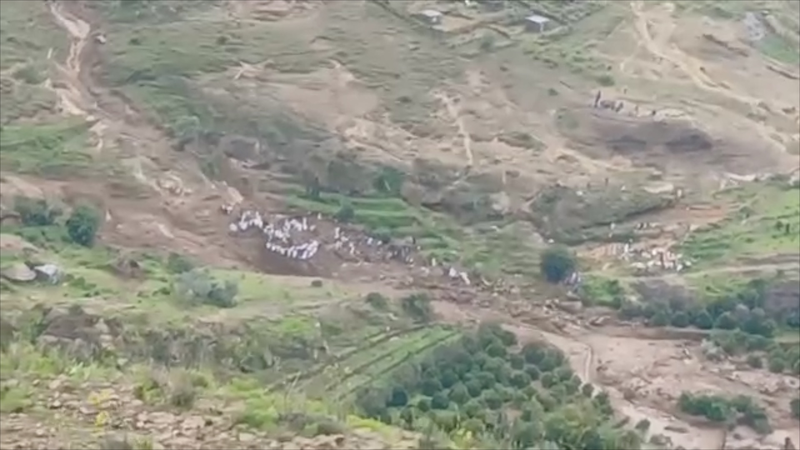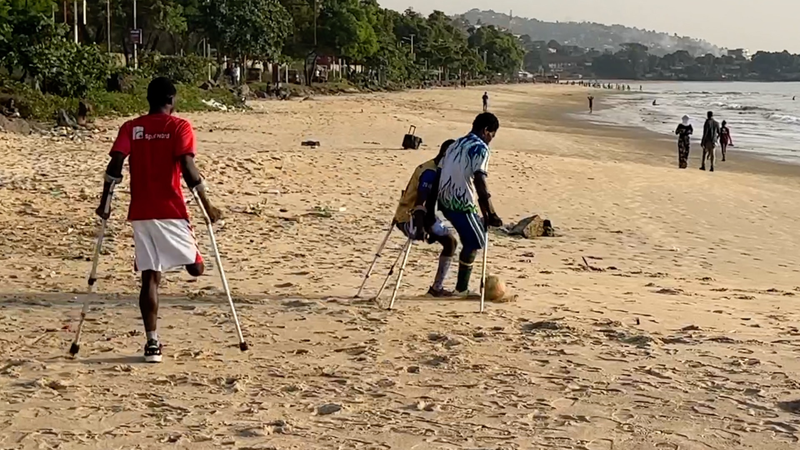In late October, relentless rains triggered a massive landslide in the Marra Mountains of Sudan’s Darfur region, claiming at least 1,000 lives and wiping out an entire mountain village. Floodwaters and mud crashed through clay homes, burying families in their sleep.
Eyewitnesses describe torrents of earth sweeping through the settlement in minutes. With roads cut off by floods, neighboring communities scrambled to launch a rescue and recovery operation, digging through debris with shovels, bare hands and local machinery. Their urgent mission: recover bodies for proper burial, a deeply rooted cultural practice that offers closure and honors the departed.
While official numbers are still being confirmed, local leaders warn the death toll could climb as storms persist. Aid groups highlight secondary threats: disease outbreaks, contaminated water supplies and food shortages could follow in the disaster’s wake.
Amid the tragedy, stories of solidarity have emerged. Young volunteers from nearby villages are delivering food, blankets and medical supplies, while grassroots activists share updates on social platforms to coordinate relief efforts. Recent climate data shows heavier, more frequent rains in parts of Sub-Saharan Africa—a trend that heightens landslide risks in mountainous regions like Darfur.
The resilience of Darfur’s communities shines through this crisis. Their collective response—marked by cooperation, compassion and cultural respect—underscores the power of grassroots action during emergencies. This landslide is a stark reminder of how climate hazards and fragile infrastructure can intersect, demanding both immediate aid and long-term solutions for vulnerable regions.
Stay informed as the story unfolds and explore ways to support relief efforts in Sudan and other climate-impacted communities worldwide.
Reference(s):
Landslide in Sudan kills over 1,000, wiping out entire village
cgtn.com




